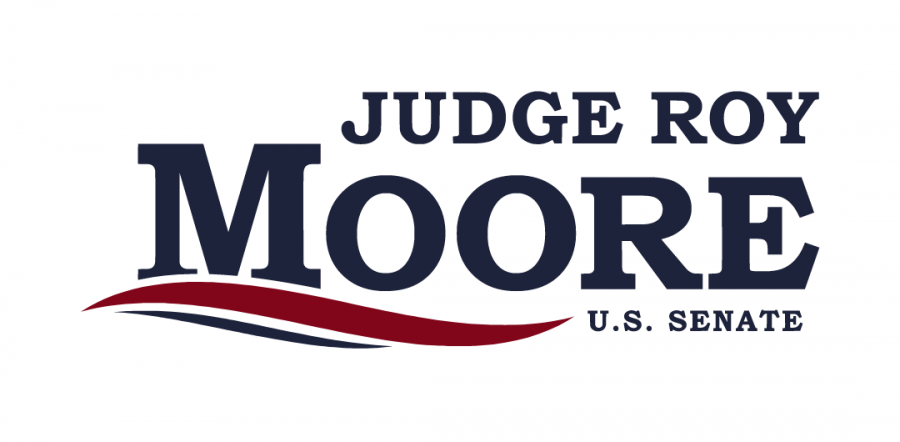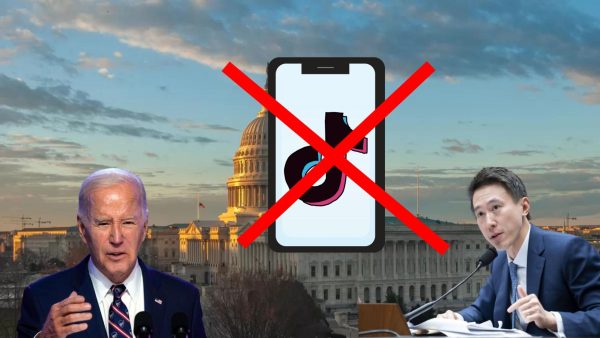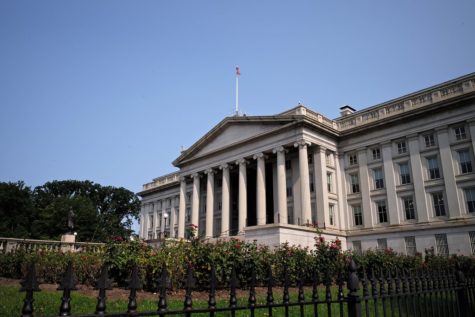Lessons from Alabama
Doug Jones’ stunning victory reshapes U.S. politics
A race that was expected to be an easy win for Luther Strange was thrown into chaos when radical judge Roy Moore won the Republican nomination.
After The Washington Post broke a story about Moore’s history sexual assault and harassment, the race was nationalized. Donald Trump stepped in to defend Moore, while Democrats and some Republicans rushed to support Jones. For both sides, there are dramatic lessons to be learned by Jones’ shocking upset.
A bridge too far for Republicans
The most noteworthy point from early election statistics is the massive number of Republicans who refused to vote for Moore. They were not alone. From the staff of The National Review to the halls of congress, a substantial number of conservatives made it clear they could not support Moore.
This isn’t to say they represented a majority. The Republican party still funded Moore, and most conservative figures supported him. However, in a political climate that already favors Democrats, an aggressive lashback from a vocal minority was enough to push Doug Jones over the line.
The event should be terrifying for conservative politicians. While of course, the case of Moore is dramatic, they face a broader problem that could rip apart the party. The majority of Republicans are willing, perhaps even happy to support Steve Bannon’s brand of radical populism. 91 percent of people who identify as Republican voted for Moore. However, a substantial minority is unwilling to do so. 8 percent voted for Jones, enough to swing the election.
Until Republicans can find a way to bridge that gap, they will struggle to motivate their full electorate.
Permanent change?
With the Alabama election, it appears clear that Democrats are riding a political wave. The question now becomes whether this represents a long term shift in American politics.
The Republican party is engaged in a civil war between populist reactionism, evangelical puritanism and economic libertarianism. Populism is a difficult to define coalition of anti-establishment, anti-intellectual radicals. Evangelicals voters strongly identify as Christian, and are motivated by social issues like gay rights and abortion. The economic wing of the Republican party is the current leadership of wealthy elites. These three groups are tied together by necessity, but few aggressively shared political values.
On the Democratic side, an apocalyptic battle is brewing beneath the surface, with a rising tide of leftist economic radicals growing discontent with the cultural centrists leading the party.
These conflicts are not going away. While the elections of both Trump and Jones have shown that opposition provides unity, governing with a fractured base is proving almost impossible. It may take a number of years, but a permanent realignment of political alliances seems to be on the cards.
Until one of the major parties can establish a more consistent voting base, these chaotic, unpopular elections will continue.
A Democratic victory in the south, inconceivable in modern times, suggests that the traditional geographic lines of politics are fading away. While this election hardly suggests a new era of Southern Democratic dominance, it is a reminder that no state’s elections are set in stone. The deep rooted unpopularity of both parties opens up political opportunities in every state. The days of uncontested elections, it would appear, are over.
Electoral statistics raise questions
Black voters represented only 30 percent of the electorate, but a whopping 90 percent of them voted in favor of Jones, according to The Washington Post. In an election decided by a razor-thin margin of 1.3 percent, overwhelming support for Jones from the black community was decisive.
In the 2016 election, Democrats won a similar percentage of black voters, but these voters made up only 13 percentage of the overall national electorate. From a demographics perspective, if Democrats can find a way to increase black turnout, they may be able to compete in states previously thought out of reach.
Young voters, a reliable liberal voting block, did not turn out in unusual numbers, however they voted for Jones in greater numbers than they did for Hillary Clinton. Whether this is down to Moore’s unsuitability for office or an increase in left leaning sympathy is difficult to determine.
Beyond this, demographic breakdowns seem to line up with the national statistics for the 2016 election. This does not bode well for Republican politicians. If the vote in Alabama looks like this, who will turn out in purple or light red states?
Immediate repercussions
The election of Jones was at once a massive political boon for an increasingly anxious Democrat electorate, and a firm rejection of the president. It provides a roadmap for future Democratic victories in the south, casts a pall over ever Republican primary going forward, and represents a turning point in Steve Bannon’s political sway.
What’s more, this drastically increases Democrats chances of winning back the senate in 2018, which would allow them to block many of President Trump’s orders in a similar fashion to how Republicans upended the second term of Obama.
It’s a moment of joy for Democrats and fear for Republicans, but, more than anything, it’s a moment that points to the dramatic fracturing in our nation’s political world. These wounds will not heal easily, and we may see many more candidates lik Roy Moore, and many more shocks like a Jone’s victory before this political moment has passed.
One thing can be said with absolute certainty: the face of politics, in Alabama, in the Senate, and in America, is irreversibly changed.
Your donation will support the student journalists of West Linn High School. Your contribution will allow us to continue to produce quality content by purchasing equipment, software, and continuing to host our website on School Newspapers Online (SNO).


























![Game, set, and match. Corbin Atchley, sophomore, high fives Sanam Sidhu, freshman, after a rally with other club members. “I just joined [the club],” Sidhu said. “[I heard about it] on Instagram, they always post about it, I’ve been wanting to come. My parents used to play [net sports] too and they taught us, and then I learned from my brother.”](https://wlhsnow.com/wp-content/uploads/2024/03/MG_7715-2-1200x800.jpg)





![The teams prepare to start another play with just a few minutes left in the first half. The Lions were in the lead at halftime with a score of 27-0. At half time, the team went back to the locker rooms. “[We ate] orange slices,” Malos said. “[Then] our team came out and got the win.”](https://wlhsnow.com/wp-content/uploads/2023/10/IMG_2385-1200x800.jpg)





![At the bottom of the third inning, the Lions are still scoreless. Rowe stands at home plate, preparing to bat, while Vandenbrink stands off to the side as the next batter up. Despite having the bases loaded, the team was unable to score any runs. “It’s just the beginning of the season. We’re just going to be playing out best by June, [and] that’s where champions are,” Rowe said.](https://wlhsnow.com/wp-content/uploads/2024/03/IMG_3077-1200x900.jpg)
















































































